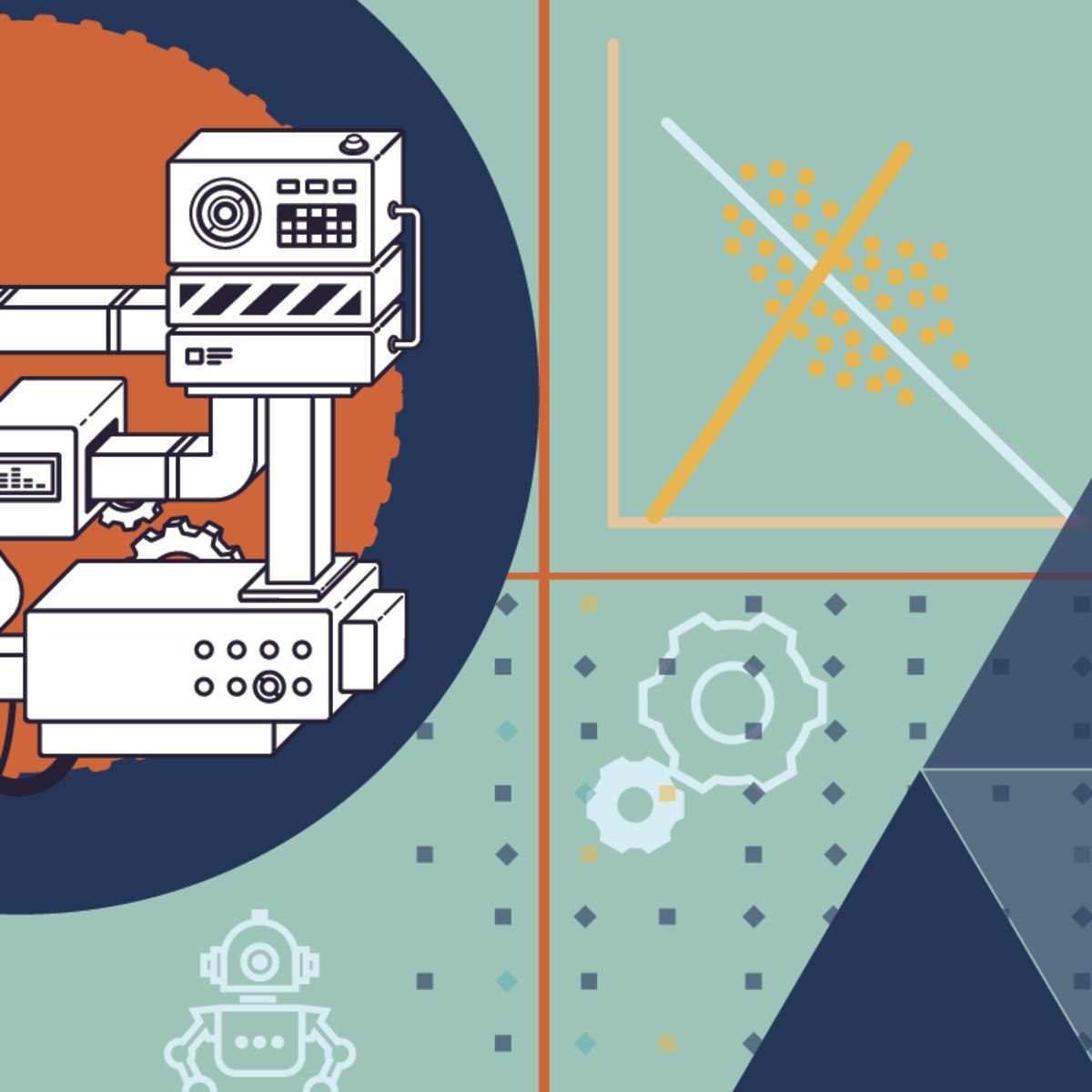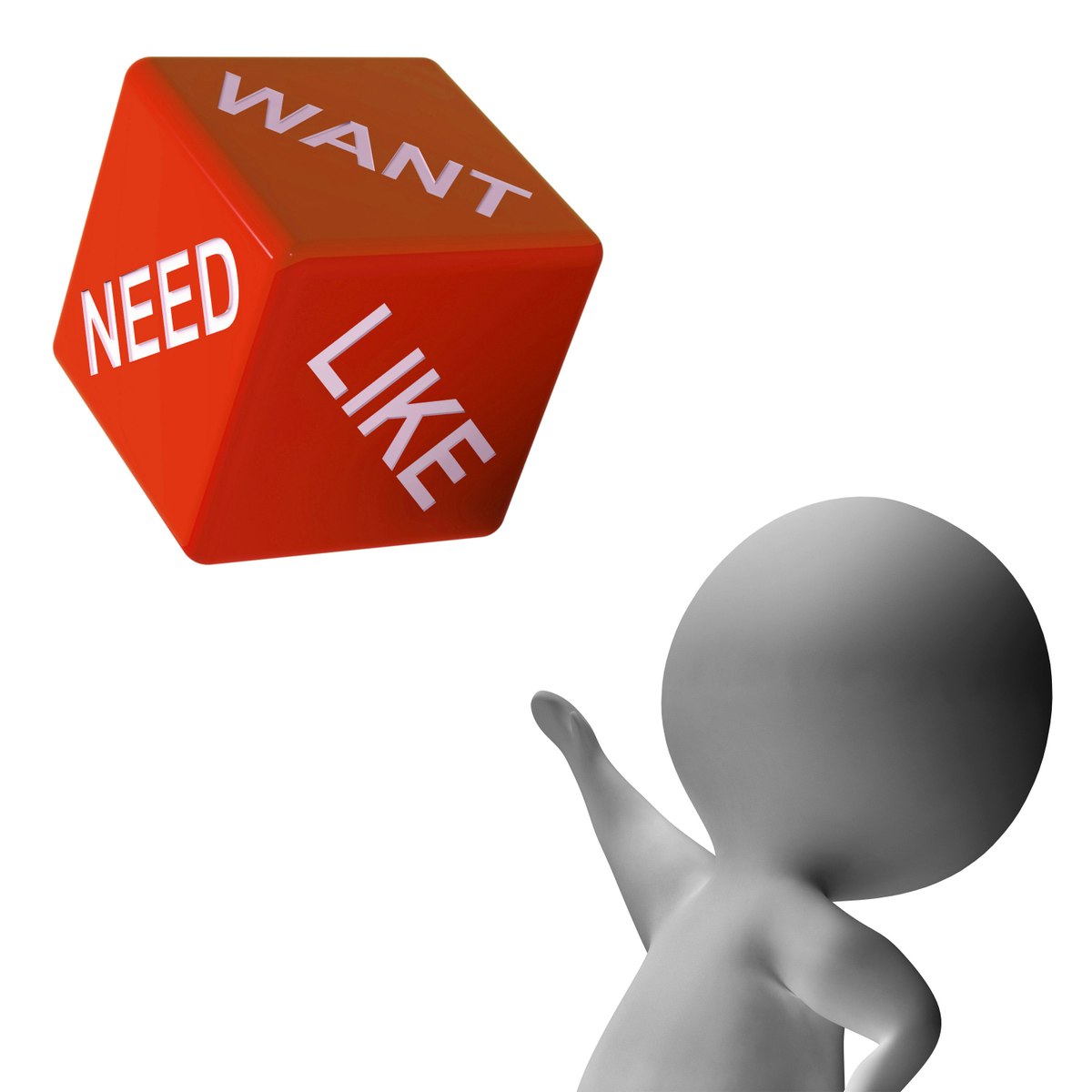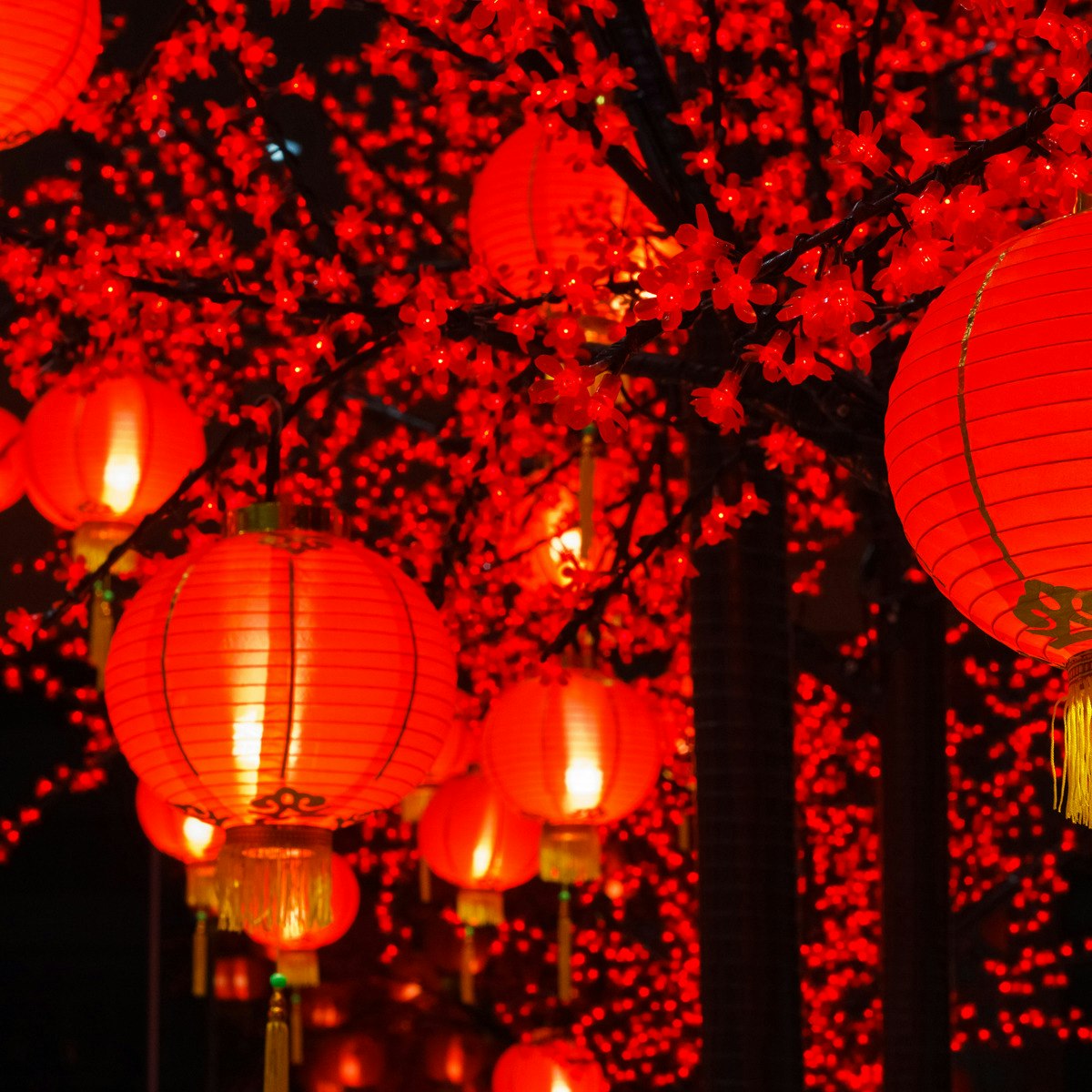Back to Courses









Data Science Courses - Page 33
Showing results 321-330 of 1407

Data Warehousing with Microsoft Azure Synapse Analytics
In this course, you will explore the tools and techniques that can be used to work with Modern Data Warehouses productively and securely within Azure Synapse Analytics. You will learn how Azure Synapse Analytics enables you to build Data Warehouses using modern architecture patterns and how the common schema is implemented in a data warehouse. You'll learn the best practices you need to adopt to load data into a data warehouse and the techniques that you can use to optimize query performance within Azure Synapse Analytics.
This course is part of a Specialization intended for Data engineers and developers who want to demonstrate their expertise in designing and implementing data solutions that use Microsoft Azure data services for anyone interested in preparing for the Exam DP-203: Data Engineering on Microsoft Azure (beta).
This is the fifth course in a program of 10 courses to help prepare you to take the exam so that you can have expertise in designing and implementing data solutions that use Microsoft Azure data services. The Data Engineering on Microsoft Azure exam is an opportunity to prove knowledge expertise in integrating, transforming, and consolidating data from various structured and unstructured data systems into structures that are suitable for building analytics solutions that use Microsoft Azure data services. Each course teaches you the concepts and skills that are measured by the exam.
By the end of this Specialization, you will be ready to take and sign-up for the Exam DP-203: Data Engineering on Microsoft Azure (beta).

Mathematics for Machine Learning: PCA
This intermediate-level course introduces the mathematical foundations to derive Principal Component Analysis (PCA), a fundamental dimensionality reduction technique. We'll cover some basic statistics of data sets, such as mean values and variances, we'll compute distances and angles between vectors using inner products and derive orthogonal projections of data onto lower-dimensional subspaces. Using all these tools, we'll then derive PCA as a method that minimizes the average squared reconstruction error between data points and their reconstruction.
At the end of this course, you'll be familiar with important mathematical concepts and you can implement PCA all by yourself. If you’re struggling, you'll find a set of jupyter notebooks that will allow you to explore properties of the techniques and walk you through what you need to do to get on track. If you are already an expert, this course may refresh some of your knowledge.
The lectures, examples and exercises require:
1. Some ability of abstract thinking
2. Good background in linear algebra (e.g., matrix and vector algebra, linear independence, basis)
3. Basic background in multivariate calculus (e.g., partial derivatives, basic optimization)
4. Basic knowledge in python programming and numpy
Disclaimer: This course is substantially more abstract and requires more programming than the other two courses of the specialization. However, this type of abstract thinking, algebraic manipulation and programming is necessary if you want to understand and develop machine learning algorithms.

Doing Clinical Research: Biostatistics with the Wolfram Language
This course has a singular and clear aim, to empower you to do statistical tests, ready for incorporation into your dissertations, research papers, and presentations. The ability to summarize data, create plots and charts, and to do the tests that you commonly see in the literature is a powerful skill indeed. Not only will it further your career, but it will put you in the position to contribute to the advancement of humanity through scientific research.
We live in a wonderful age with great tools at our disposal, ready to achieve this goal. None are quite as easy to learn, yet as powerful to use, as the Wolfram Language. Knowledge is literally built into the language. With its well-structured and consistent approach to creating code, you will become an expert in no time.
This course follows the modern trend of learning statistical analysis through the use of a computer language. It requires no prior knowledge of coding. An exciting journey awaits. If you wanting even more, there are optional Honors lessons on machine learning that cover the support in the Wolfram Language for deep learning.

Bayesian Statistics: Time Series Analysis
This course for practicing and aspiring data scientists and statisticians. It is the fourth of a four-course sequence introducing the fundamentals of Bayesian statistics. It builds on the course Bayesian Statistics: From Concept to Data Analysis, Techniques and Models, and Mixture models.
Time series analysis is concerned with modeling the dependency among elements of a sequence of temporally related variables. To succeed in this course, you should be familiar with calculus-based probability, the principles of maximum likelihood estimation, and Bayesian inference. You will learn how to build models that can describe temporal dependencies and how to perform Bayesian inference and forecasting for the models. You will apply what you've learned with the open-source, freely available software R with sample databases. Your instructor Raquel Prado will take you from basic concepts for modeling temporally dependent data to implementation of specific classes of models

Nearest Neighbor Collaborative Filtering
In this course, you will learn the fundamental techniques for making personalized recommendations through nearest-neighbor techniques. First you will learn user-user collaborative filtering, an algorithm that identifies other people with similar tastes to a target user and combines their ratings to make recommendations for that user. You will explore and implement variations of the user-user algorithm, and will explore the benefits and drawbacks of the general approach. Then you will learn the widely-practiced item-item collaborative filtering algorithm, which identifies global product associations from user ratings, but uses these product associations to provide personalized recommendations based on a user's own product ratings.

Understanding China, 1700-2000: A Data Analytic Approach, Part 1
The purpose of this course is to summarize new directions in Chinese history and social science produced by the creation and analysis of big historical datasets based on newly opened Chinese archival holdings, and to organize this knowledge in a framework that encourages learning about China in comparative perspective.
Our course demonstrates how a new scholarship of discovery is redefining what is singular about modern China and modern Chinese history. Current understandings of human history and social theory are based largely on Western experience or on non-Western experience seen through a Western lens. This course offers alternative perspectives derived from Chinese experience over the last three centuries. We present specific case studies of this new scholarship of discovery divided into two stand-alone parts, which means that students can take any part without prior or subsequent attendance of the other part.
Part 1 (this course) focuses on comparative inequality and opportunity and addresses two related questions ‘Who rises to the top?’ and ‘Who gets what?’.
Part 2 (https://www.coursera.org/learn/understanding-china-history-part-2) turns to an arguably even more important question ‘Who are we?’ as seen through the framework of comparative population behavior - mortality, marriage, and reproduction – and their interaction with economic conditions and human values. We do so because mortality and reproduction are fundamental and universal, because they differ historically just as radically between China and the West as patterns of inequality and opportunity, and because these differences demonstrate the mutability of human behavior and values.
Course Overview video: https://youtu.be/dzUPRyJ4ETk

Data Manipulation with dplyr in R
Welcome to this project-based course Data Manipulation with dplyr in R. In this project, you will learn how to manipulate data with the dplyr package in R.
By the end of this 2-hour long project, you will understand how to use different dplyr verbs such as the select verb, filter verb, arrange verb, mutate verb, summarize verb, and the group_by verb to manipulate the gapminder dataset. Also, you will learn how to combine different dplyr verbs to manipulate the gapminder dataset to get the desired result.
Note, you do not need to be an expert data analyst, data scientist or statistical analyst to be successful in this guided project, just a familiarity with the R language will suffice. If you do not have a prior experience with R, I recommend that you should take the Getting Started with R project before taking this project.

Regular Expressions in Python
In this 1-hour long project-based course, you will learn how to construct regex patterns, validate passwords and user input in web forms and extract patterns and replace strings with regex.
Note: This course works best for learners who are based in the North America region. We’re currently working on providing the same experience in other regions.

MLOps (Machine Learning Operations) Fundamentals
This course introduces participants to MLOps tools and best practices for deploying, evaluating, monitoring and operating production ML systems on Google Cloud. MLOps is a discipline focused on the deployment, testing, monitoring, and automation of ML systems in production. Machine Learning Engineering professionals use tools for continuous improvement and evaluation of deployed models. They work with (or can be) Data Scientists, who develop models, to enable velocity and rigor in deploying the best performing models.
This course is primarily intended for the following participants:
Data Scientists looking to quickly go from machine learning prototype to production to deliver business impact.
Software Engineers looking to develop Machine Learning Engineering skills.
ML Engineers who want to adopt Google Cloud for their ML production projects.
>>> By enrolling in this course you agree to the Qwiklabs Terms of Service as set out in the FAQ and located at: https://qwiklabs.com/terms_of_service <<<

Managing Data Analysis
This one-week course describes the process of analyzing data and how to manage that process. We describe the iterative nature of data analysis and the role of stating a sharp question, exploratory data analysis, inference, formal statistical modeling, interpretation, and communication. In addition, we will describe how to direct analytic activities within a team and to drive the data analysis process towards coherent and useful results.
This is a focused course designed to rapidly get you up to speed on the process of data analysis and how it can be managed. Our goal was to make this as convenient as possible for you without sacrificing any essential content. We've left the technical information aside so that you can focus on managing your team and moving it forward.
After completing this course you will know how to….
1. Describe the basic data analysis iteration
2. Identify different types of questions and translate them to specific datasets
3. Describe different types of data pulls
4. Explore datasets to determine if data are appropriate for a given question
5. Direct model building efforts in common data analyses
6. Interpret the results from common data analyses
7. Integrate statistical findings to form coherent data analysis presentations
Commitment: 1 week of study, 4-6 hours
Course cover image by fdecomite. Creative Commons BY https://flic.kr/p/4HjmvD
Popular Internships and Jobs by Categories
Find Jobs & Internships
Browse
© 2024 BoostGrad | All rights reserved